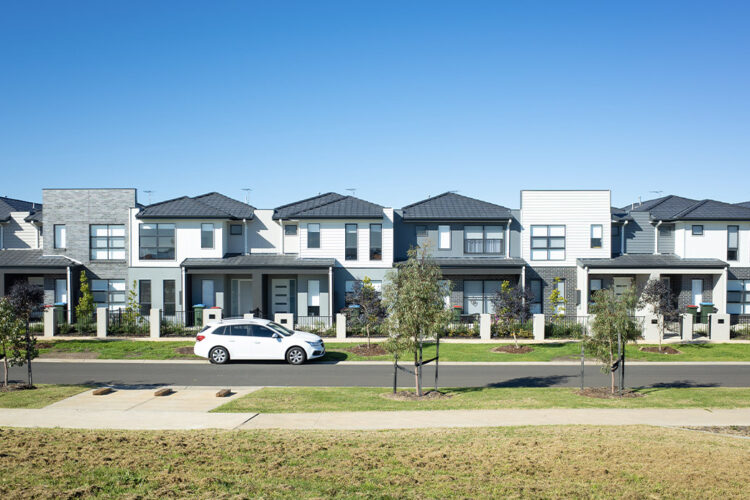The portion of income outlaid on weekly rents decreased in the final three months of last year, according to the Housing Affordability Report (HAR) for the December 2022 quarter.
The Real Estate Institute of Australia’s (REIA) HAR found the proportion of income needed to service median rents fell 0.1 per cent in the three months to last December to 22.9 per cent.
REIA president Hayden Groves explained that “rental affordability improved in all states and territories except South Australia and Western Australia, where it declined.”
The news offers some reprieve for Australian renters, who faced a record year of growth in 2022, when rents rocketed by 10.2 per cent on average, though this figure ballooned to 13.4 per cent in Brisbane and 12.9 per cent in Adelaide.
Mr Groves outlined that “the median rent remained stable in Sydney and only went up $5 in Melbourne,” with these two markets, where approximately 33 per cent of Australia’s population resides and accounting for 60 per cent of the national rental cohort.
“The primary factor in this improvement was the increase in family income,” he said.
Despite the improvement in renters’ conditions experienced in the final three months of 2022, the REIA report detailed there remains no joy in sight for mortgage holders due to consistent cash rate increases and subsequently rising home loan repayments.
Over the December 2022 quarter, national housing affordability declined as the portion of income required to meet the average loan repayment rose 2.4 per cent to 44.7 per cent, led by NSW where the proportion of income needed jumped 3.1 per cent to 54.8 per cent.
“The Northern Territory had the lowest decline, with the proportion of income rising 1.1 percentage points,” Mr Groves said.
“Times remain tough for first home buyers with the number of first home buyers dropping to 25,753, a decrease of 2.2 per cent during the quarter and a fall of 31.4 per cent compared to the December quarter 2021,” he said.
Moreover, Mr Groves outlined that “the total number of loans for owner-occupied dwellings decreased in all states and territories over the December quarter,” revealing the decreases ranged from “1.6 per cent in Western Australia to 9.4 per cent in the Australian Capital Territory and Northern Territory.”
Despite the REIA’s latest HAR, recent forecasts from Westpac economists suggest the relief may be short-lived due to an expectation rents are set to jump 11.5 per cent across 2022.


